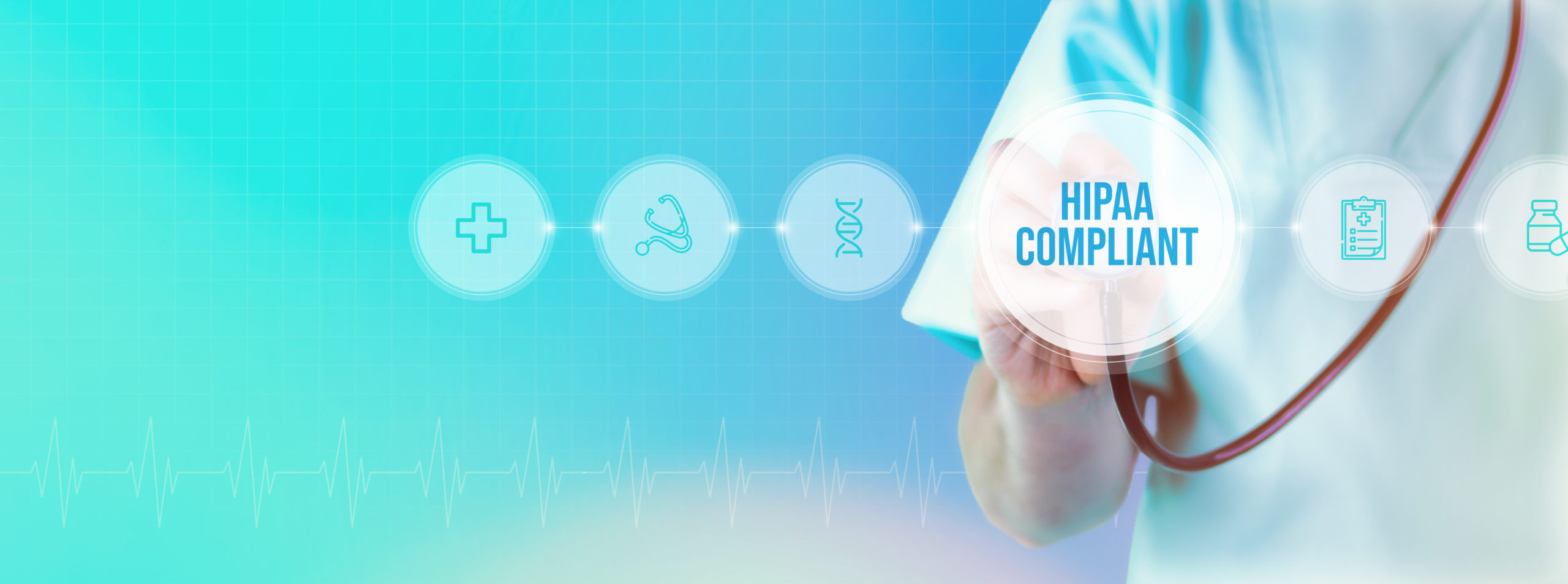How to Ensure HIPAA Compliance in Software Testing
Introduction
In the realm of healthcare software development, compliance with the Health Insurance Portability and Accountability Act (HIPAA) is paramount. HIPAA regulations are designed to protect patient data and ensure its confidentiality and security. Failing to adhere to these regulations can lead to severe penalties and reputation damage. Read our blog on “Developing HIPAA compliant software using AWS Cloud”
This blog post will guide you through the essential steps to ensure HIPAA compliance in software testing within your software development startup.
Understanding HIPAA Compliance
HIPAA compliance is all about safeguarding Protected Health Information (PHI), which includes any individually identifiable health information. When testing healthcare software, you must take stringent measures to ensure that PHI is secure during all phases of testing.
1. Data Anonymization and Masking
During software testing, it's crucial to use anonymized or de-identified patient data wherever possible. Anonymizing or masking sensitive data means that no personally identifiable information (PII) is exposed during testing. This reduces the risk of data breaches and maintains HIPAA compliance.
2. Secure Test Environments
Create separate, secure testing environments that mimic the production environment. These environments should be isolated, have restricted access, and employ encryption to protect data in transit and at rest.
3. Role-Based Access Control
Implement role-based access control (RBAC) to ensure that only authorized personnel can access and manipulate PHI during testing. Define and restrict access rights based on job roles to limit exposure to sensitive information.
4. Data Encryption
Employ strong encryption techniques for both data at rest and data in transit. Use encryption algorithms approved by HIPAA standards to protect patient data from unauthorized access.
5. Penetration Testing and Vulnerability Scanning
Conduct regular penetration testing and vulnerability scanning to identify and address potential security weaknesses in your software. Remediate any issues promptly to minimize security risks.
6. Audit Trails
Implement audit trails to record all activities related to PHI during testing. This helps track who accessed the data, what they did, and when they did it. Regularly review audit logs to detect any unauthorized access or suspicious activities.
7. Compliance Documentation
Maintain comprehensive documentation of your testing processes and procedures. This includes risk assessments, security policies, and procedures specific to HIPAA compliance. Having a well-documented process helps demonstrate your commitment to compliance.
8. Employee Training
Ensure that your testing team is well-versed in HIPAA regulations. Provide regular training to educate your testers about the importance of data security and compliance. Keeping your team informed can prevent accidental data breaches.
9. Third-Party Vendors
If you engage third-party vendors for testing services, ensure that they also adhere to HIPAA regulations and sign Business Associate Agreements (BAAs). These agreements legally bind them to protect PHI as per HIPAA standards.
10. Regular Audits and Assessments
Conduct regular internal audits and risk assessments to identify potential compliance gaps. Address any issues promptly to maintain HIPAA compliance.
Conclusion
Incorporating HIPAA compliance into your software testing processes is not just a legal requirement but also a moral obligation to protect patient data. By implementing the steps mentioned above, you can ensure that your software development startup maintains the highest standards of data security and HIPAA compliance throughout the testing phase. This not only reduces legal risks but also enhances the trust and confidence of healthcare organizations in your software solutions.





